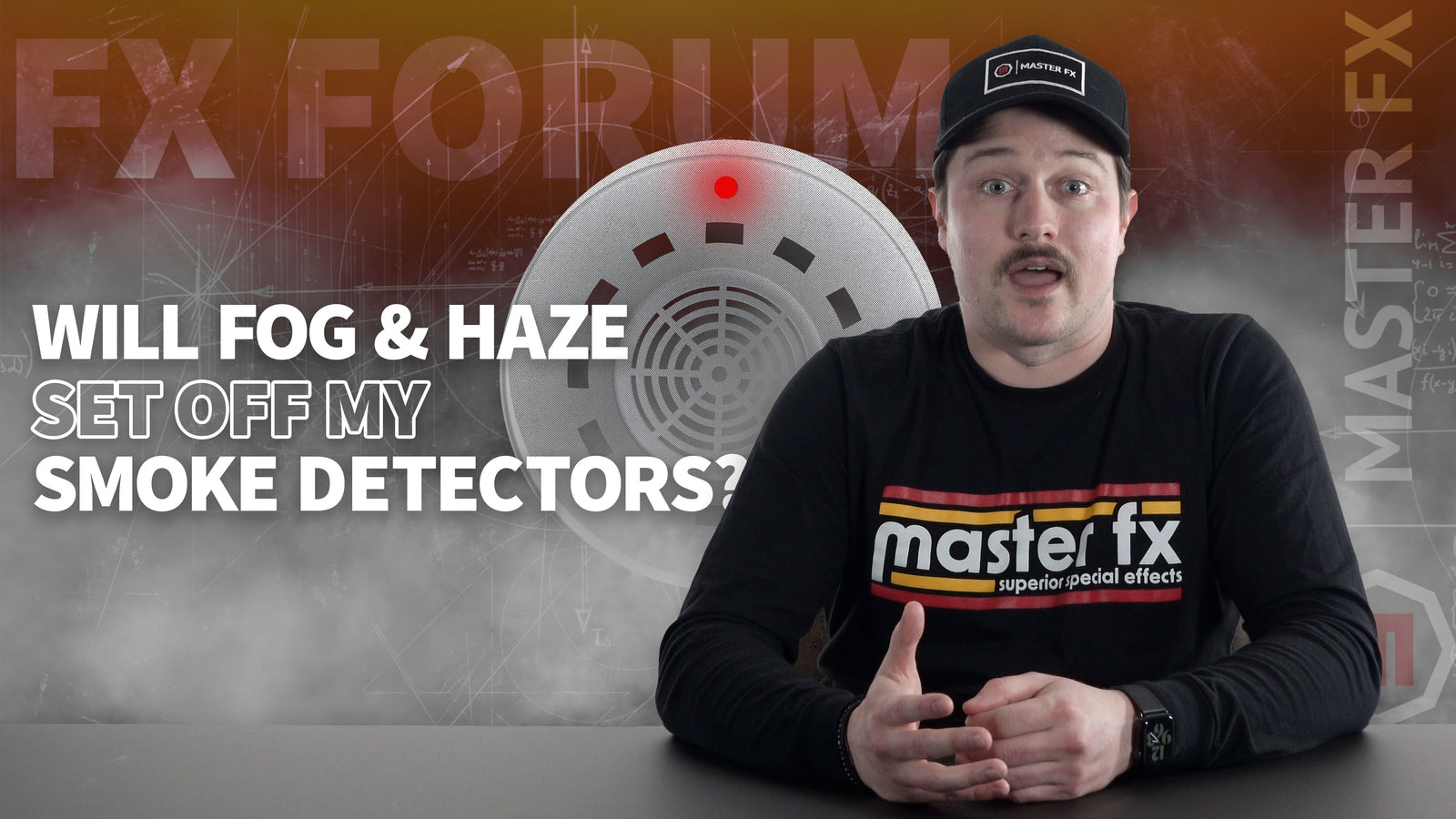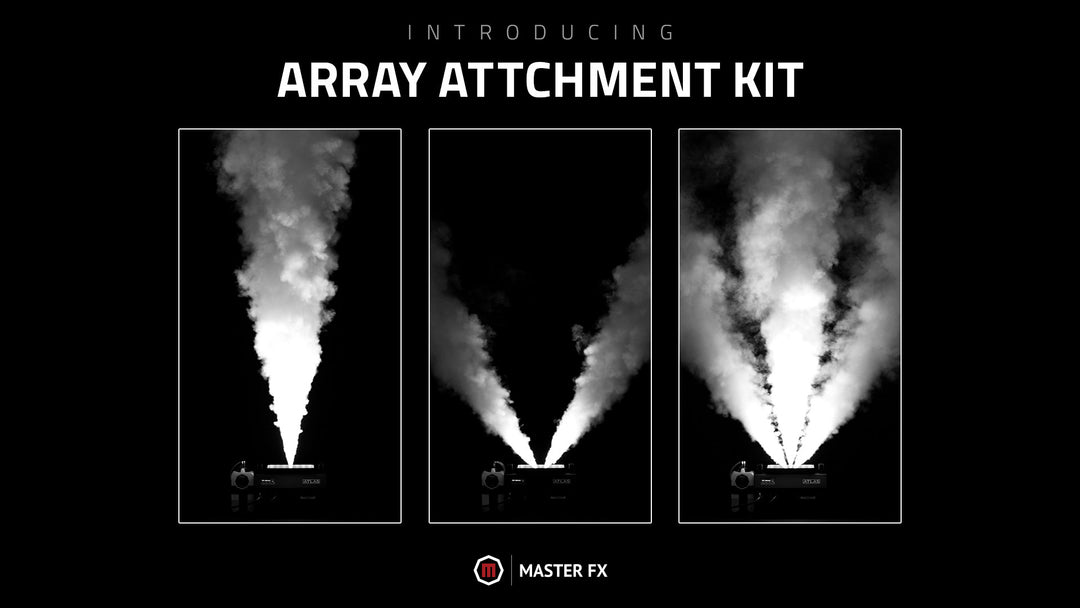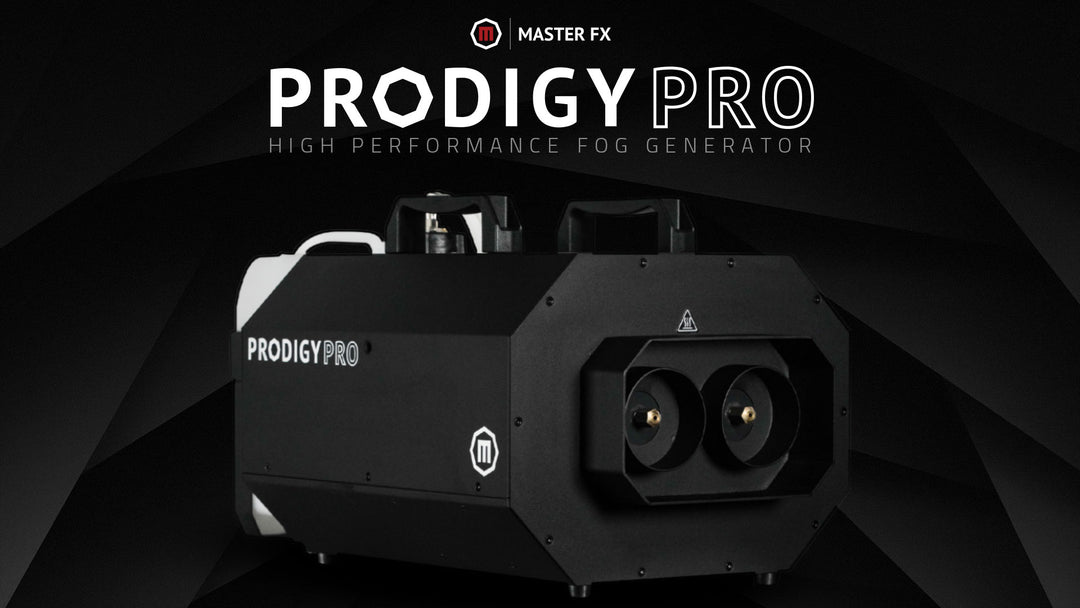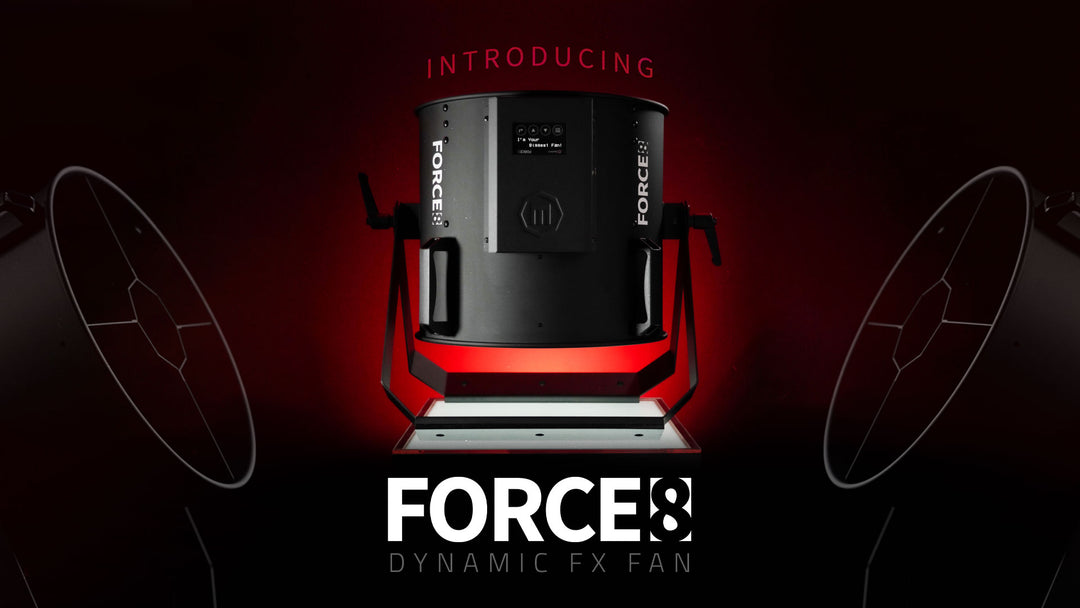Will Fog and Haze Set Off Smoke Detectors?

The short answer? Yes.
The long answer? Yes, BUT there are ways to avoid it!
To know if your fog or haze will sound the alarm, we must first understand the common types of smoke detectors and how they function.
Let's start with Ionization smoke detectors; these rely on a constant electrical current between two charged plates; when smoke enters the chamber and slows down the current, it triggers the alarm.
Photoelectric smoke detectors are similar to ionization detectors; however, they rely on a light or laser beam instead of electricity. The alarm is triggered when smoke enters the chamber and breaks up the light or laser.
One of the most common detectors is a hybrid of ionization and photoelectric, typically known as a "multi-sensor detection."
Then, there are heat detectors that sound the alarm when the temperature hits a preset value or a rate of change in temperature. We love these types of detectors because fog and haze aren't hot.
These are just the common types of detectors; the fire alarm systems they are built into are different. For instance, our headquarters has heat detectors in the warehouse and hybrid detectors in our offices. However, all detectors are controlled by one central location.
Now that we have a general idea of the smoke detection systems let's talk about how to avoid setting them off.
There are quite a few factors at play here. Let's start by determining what effect you're going for and the space you're working with. Are you looking for a sudden blast of smoke? A continuous trickle? A billowing cloud? Is it a big stage, small stage, high ceilings, or low ceilings? Knowing these parameters will narrow down what machine and fluid you need. For instance, if you wanted a quick blast of smoke to simulate a pipe burst, we would suggest the Atlas. It has an instantaneous high-intensity output. Now, we need to consider the fog fluid. For a quick blast that dissipates in seconds, we recommend our Cryo Burst fog fluid, which is formulated to dissipate within 5-10 seconds. Next, where do you place the machine? Start by determining where your smoke detector is and what the airflow is like, then place the machine in a strategic position that allows your fog to dissipate before it reaches the sensor. You can apply this same principle to a variety of fog effects. If you are looking for a slow trickle of fog across the stage, choose a machine with a horizontal output like the Prodigy or Prodigy+, and use Presto fog fluid, which is formulated to dissipate within 20 seconds. As the fog slowly rises across the stage, it will dissipate before it reaches the ceiling where most of your smoke detectors will be.
Now, what about Haze? This one is a little more tricky because haze is typically an effect you want to spread out and hang around. Haze helps accentuate lighting and soften the focus without having a cloudy texture.
More often than not, haze will set off smoke detectors, but it's important to know what that threshold is. To find out the maximum haze output before you trigger the smoke detectors, you will need to make some new friends with your building maintenance manager or local fire marshal, who can turn off the fire alarm system temporarily. It's important to note that you want to keep the smoke detectors on so you know when the haze sets them off; the only thing you are temporarily disabling is the alarm. Also, safety is paramount, and you should never attempt to shut down a system on your own. Always consult with a trained professional to help turn off the alarm.
Now that you won't trigger loud sirens, it is time to run some tests. Adjust your haze output and try different machine placements. Fill the room with haze and see when the smoke detectors take notice. Now that you know your maximum output, you have a better idea of your limits when the fire alarm system is active.
Keep in mind this isn't the end-all solution; every situation is different. Haze varies in particle size and hangtime, and smoke detectors vary in sensitivity. Also, factors like humidity will affect the density and hangtime of fog and haze. These tips we laid out are just a starting place. Always consider safety when testing fog and haze with smoke detectors and fire alarm systems.
If you have any questions, please do not hesitate to reach out! help@masterfx.com



